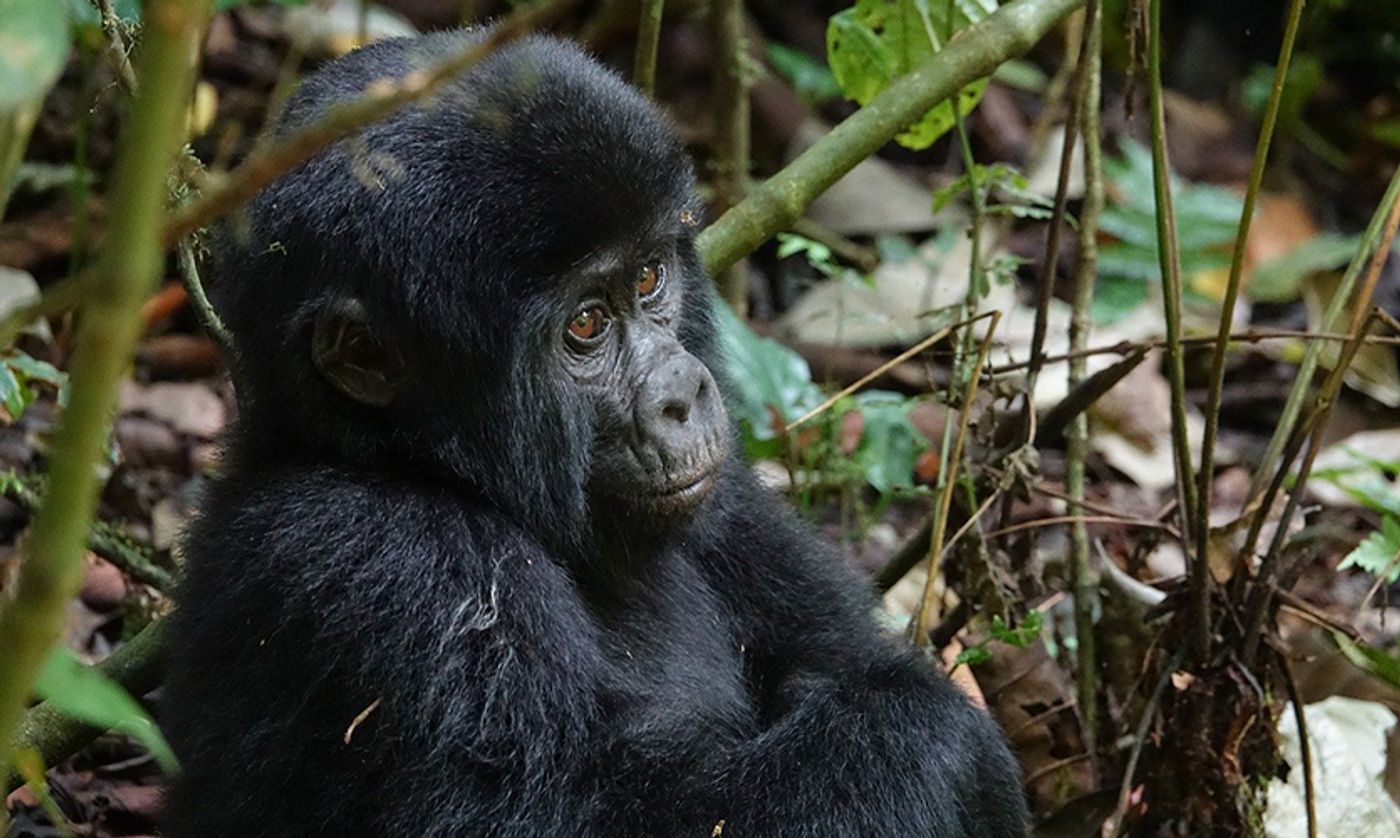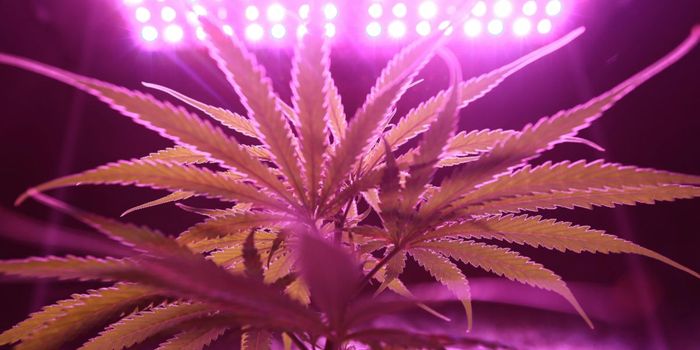Violence in Overcrowded in Gorilla Groups Slows Population Growth
Since the late 1960s, conservationists and researchers have worked to save gorillas from extinction. A new study by the Dian Fossey Gorilla Fund and the University of California Davis demonstrates how habitat loss and fragmentation impacts mountain gorilla social interactions and populations. According to an article from the Fossey Fund, about 600 of an estimated 1,063 mountain gorillas live in the Virunga massif, which covers small areas of Rwanda, Uganda, and the Democratic Republic of the Congo. As stated by Dr. Damien Caillaud—a lead author and associate professor of anthropology at UC Davis—while the Virunga gorilla population grew, their habitat did not.
The study estimated that this population's average gorilla group size was between 25 and 65, astonishing numbers beyond the typical average of 10 individuals per group. Additionally, each group had up to eight silverbacks, which, according to the Fossey Fund, causes social instability as young silverbacks challenge their older group leaders.
The Fossey Fund reports that these groups' habitat area was limited by agricultural fields and other gorilla social units in the region. Higher group density combined with the overlap in home ranges led to more violent encounters between social units, primarily infant mortality. According to the study, infant mortality increased by 57%, dropping the annual population growth rate from 5.05% to 2.37%.
The study also reports that the remaining 43% decline is likely attributed to feeding competition, male-male aggression, stress, and infectious diseases. According to the study, seven lethal fights among mature males were recorded. Dr. Winnie Eckardt—a lead author and research manager at the Fossey Fund—stated, "Before 2007, we would talk about intergroup encounters for months because they were so rare. After that, they began to happen with such frequency that we could hardly keep up with documenting them." The video below from the Fossey Fund demonstrates one such intergroup interaction.
The study states that this research's implications play a considerable role in gorilla conservation efforts as it suggests that mountain gorilla social groups require varying amounts of habitat space. Additionally, the researchers expect the Virunga gorilla population to continue to grow, albeit more slowly, and group density to continue increasing. This, of course, means that aggressive encounters will also rise in frequency, and the researchers suggest that conservationists and policymakers in the region should prepare accordingly.
Sources: Fossey Fund, Science Advances









